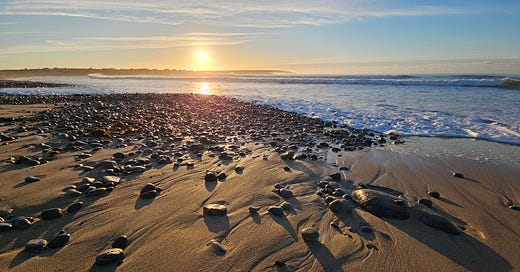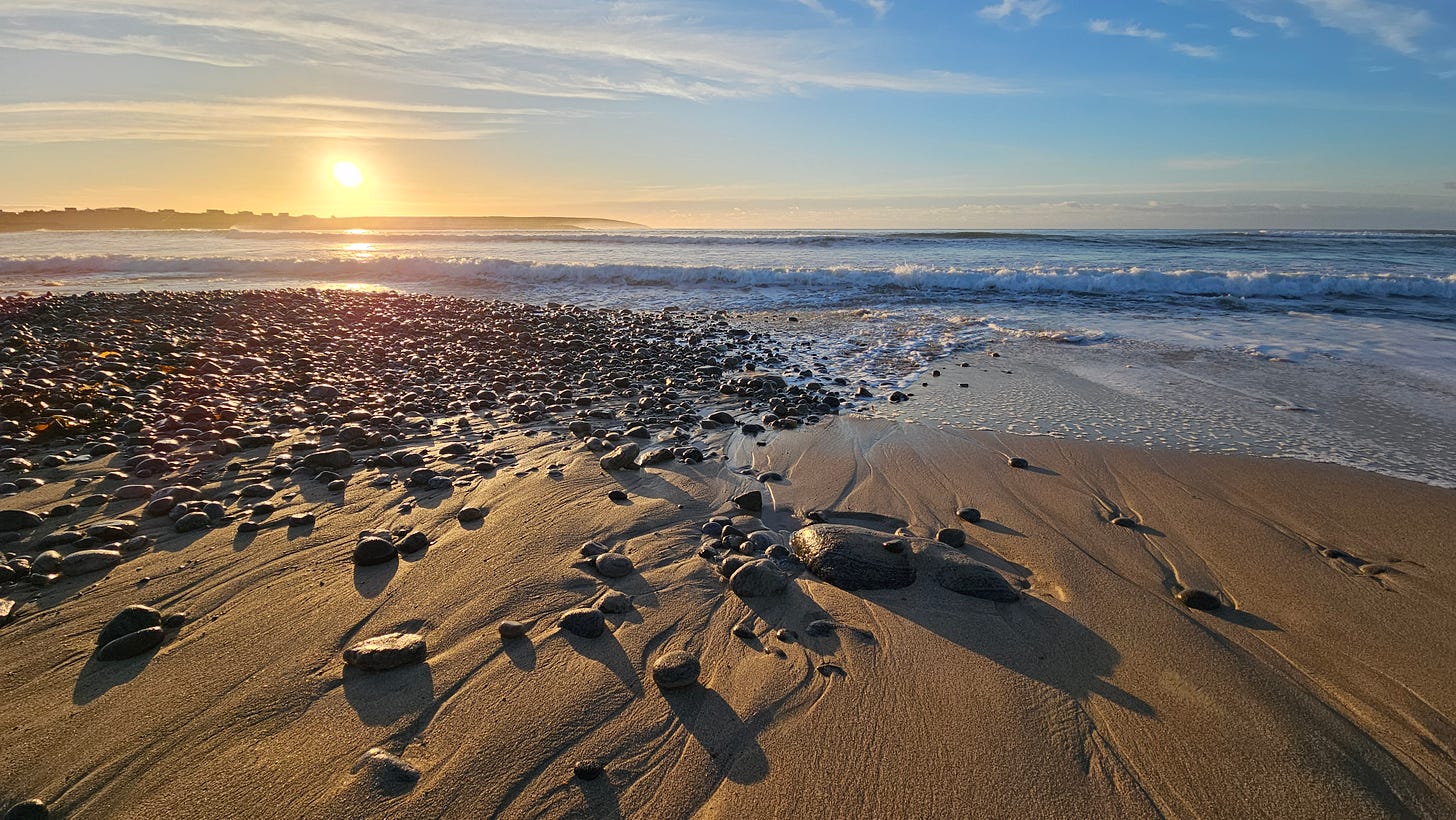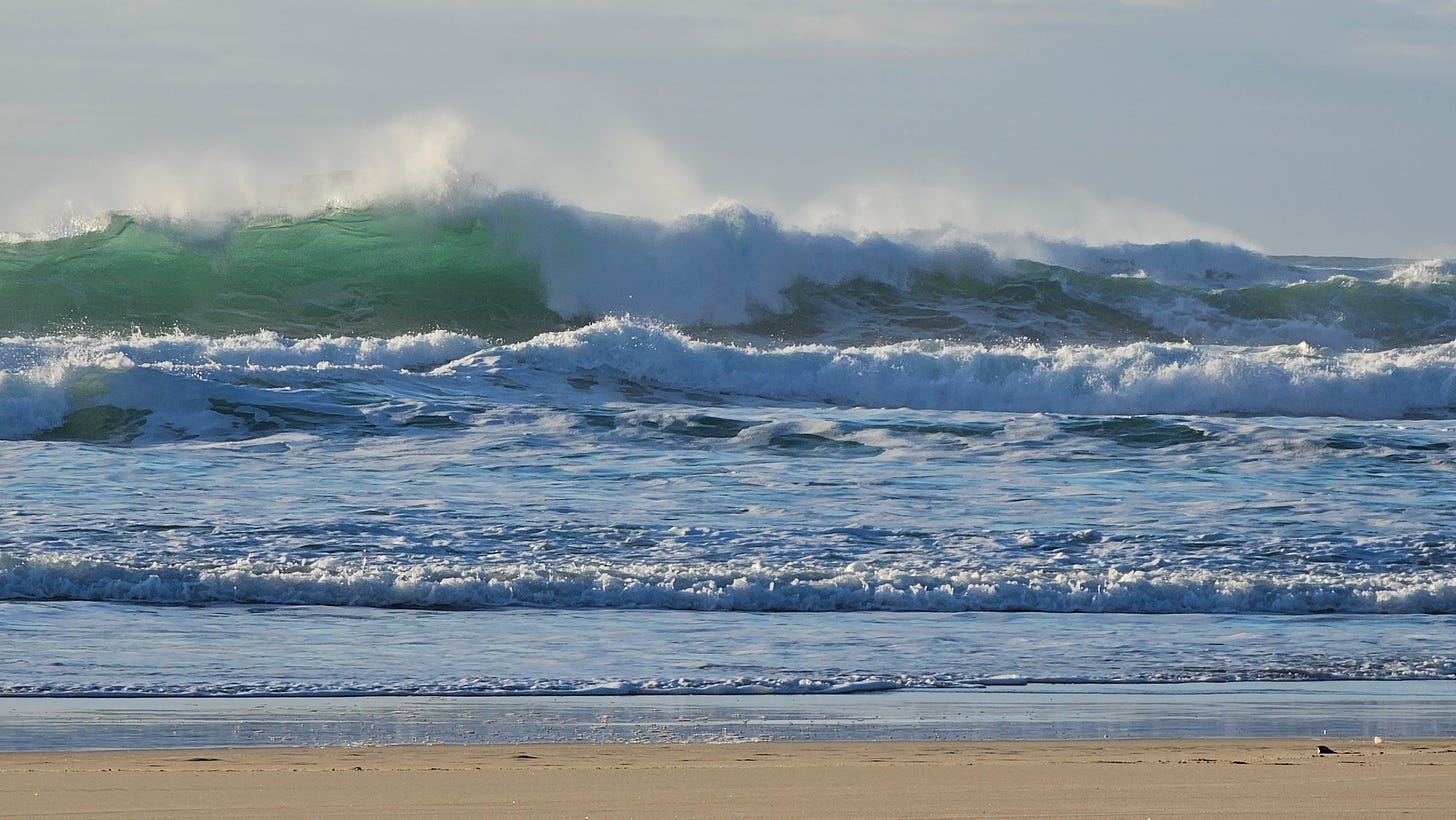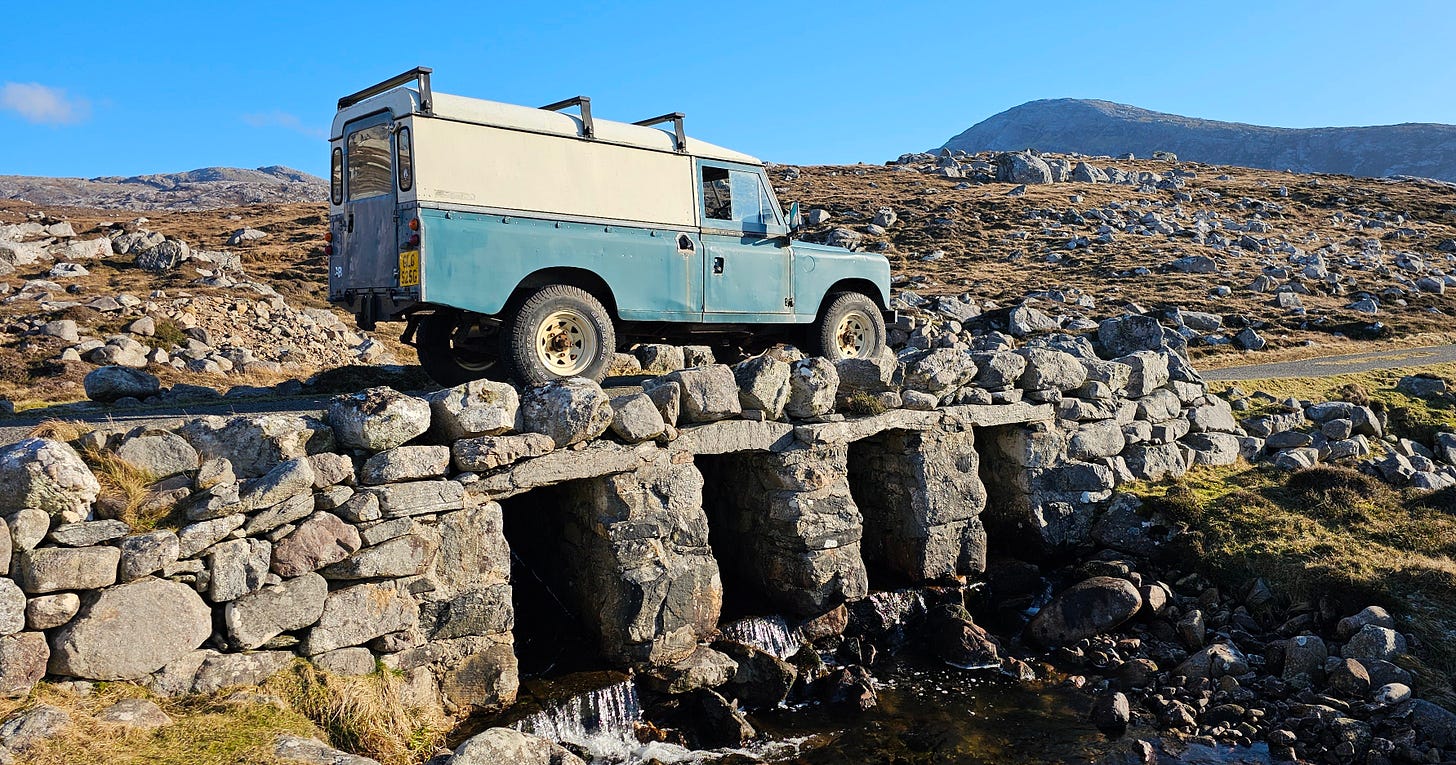Here at the farthest edge of Eurasia: Introduction
A coastal journey by Land Rover down the Isle of Lewis, in Scotland's Outer Hebrides
Although every hearth and every kitchen table is the centre of the world, we imagine a different tapestry of epicentres and extremities when we spread out an atlas and trace a curious finger across the reaches of the continents. One person’s cherished home soil is another’s hyperboreal waste.
Eurasia, that arbitrary mass of earth stretching from eastern Siberia to the Atlantic shores of western Europe – including the whole of Asia, India and the Middle East – has many extremities, many polar opposites, many ways of defining itself. (Siberia extends further east beyond Japan than the entire width of Australia.) To my mind, one of those poles is here on this archipelago of islands flung into the Atlantic off the west of Scotland, where humanity has found refuge among its ancient rocks – some of the oldest on the planet – for thousands of years.
Hello, and welcome to the pages of my Travel Journal. This is a short introduction to my upcoming two-parter, covering an exploration of a western shoreline of the Outer Hebrides.
Part One, following the road from Ness to Bernera, will land tomorrow.
Part Two will arrive shortly after, describing the wiggly leg from Bernara to Mealasta, and will be reserved for my paying subscribers.
The Outer Hebrides. Head west from here and it’s horizon all the way to Canada, with only a few tiny island clusters (the Flannan Isles, St Kilda, the Rockall Plateau…) and a view of the southern tip of Greenland to break the monotony.
If there’s one road that captures the allure of this brinkmanship, this sense of living between worlds, it’s the line of tarmac running from the lighthouse at the northern tip of Lewis down the west coast to where it runs into the sea beyond the abandoned settlement of Mealasta. This is a wild and storied coastline that most tourists never reach. Including a few detours it’s an 85-mile run, one that I’d wanted to devote some time to for years. And by chance, I couldn’t have picked a better weekend.
There’s nothing quite like standing on a Hebridean promontory and feeling the raw thrust of an Atlantic gale scraping your cheeks. That’s what I had anticipated, but instead the islands have been bathed in a bright, clean light, casting them in an idyllic yet rather dishonest glamour. Dishonest because, in early February, these moments of respite rarely last more than a few hours. Days of it are pure luxury.
As Peter Davidson writes in The Idea of North,
“You arrive at a palpable north when the months of darkness and closed houses outnumber the months of clement days. Northern summer is as prodigal of light as the winter is starved of it. Much of the melancholy of the north arises from the impossibility of saving one minute from the long light against the approaching darkness.”
So I must admit to an explosion of ‘carpe diem-ing’ and relief at this chance to explore Lewis while getting neither wet nor pestered by midgies.
My steed and accommodation for this journey would be this 1968 Land Rover Series IIA, now motoring lustily again after a few years of mechanical convalescence. Along the way I’d discover iron age dwellings, a Viking mill, pristine dunes and stone circles older than the earliest books of the Old Testament.
I’ve enjoyed writing these upcoming posts almost as much as the journey itself, so I hope you’ll come along for the ride.







